More than a year after its official announcement, the Cowboy Cross is finally arriving on the market. This is due to a relocation of production from Hungary to France; more precisely to Romilly-sur-Seine (Aube) in the Re-Cycles France factory (formerly Cycleurope, one of the largest factories in France along with the Manufacture française du cycle).
This electric bike isn't just an evolution of previous models: it marks a real breakthrough for the Belgian brand founded in 2017. With its completely revised geometry, suspension, wide tires, and reinforced battery, this e-bike aims to appeal to urban cyclists looking for comfort and robustness.
A muscular, yet refined look
First impression upon discovering the Cowboy Cross: the design has been completely redesigned, without betraying the brand's aesthetic DNA. We find a semi-open frame with taut lines, with a top tube that extends in a single stroke to the rear seatstays. A true work of design. A fully open frame version is also available for those looking for even more accessibility.
The materials and manufacturing live up to Cowboy's premium reputation: matte paint, invisible welds, perfect cable integration. The finish is impeccable, and the Cross immediately inspires confidence. The bike also gains in practicality with a welded rear luggage rack, capable of supporting up to 27 kg. The only downside: it does not offer a standard MIK or Ortlieb type mounting system; this does not prevent it from being able to accommodate panniers or child seats. The look gains in personality with an inverted suspension fork, which gives a slightly aggressive style but is perfectly consistent with the philosophy of the bike.
Designed for urban and suburban comfort
One of the Cowboy Cross's major new features is its all-comfort orientation. This model incorporates both a suspension seatpost and a fork with 40 mm travel, two elements rarely combined on urban e-bikes. Result: cobblestones, manhole covers, and other potholes are much better filtered. It's not the magic carpet comfort of the Moustache J, but it's already very convincing and an improvement over its big brothers.
The riding position is semi-active, which is a perfect balance between comfort and dynamism. You can ride 10 or 20 km without pain or fatigue, while maintaining a sufficiently responsive position to weave through town. The 60 mm wide tires further reinforce this impression of comfort and stability, especially on wet or uneven roads.
But all this comes at a price: the Cowboy Cross weighs over 28 kg, 9 kg more than the Cowboy Cruiser. In the hand or on stairs, this weight is felt. On the road, it is better distributed, but has consequences for the bike's liveliness.
A smart bike, controlled by smartphone
Like all other Cowboy bikes, the Cross is fully connected. It has no screen or handlebar controls. Instead, a QuadLock mount with wireless charging lets you use your smartphone as a dashboard. The phone also acts as a key: the app automatically locks the bike when you leave, and unlocks it when you return.
From the Cowboy app, you can:
- Choose between AdaptivePower and Eco assistance modes;
- Turn the headlights on or off;
- Activate or deactivate inductive charging of the smartphone;
- Start navigation with integrated Google Maps, including an estimate of the remaining battery on arrival and return;
- Activate anti-theft functions (notification in case of suspicious movement, GPS tracking with "Find My Bike");
- Track your journeys and statistics, with a gamification dimension.
Some premium features, such as fall detection or synchronization with watchOS and Wear OS, require a subscription to Cowboy connected services (199 euros).
Well-thought-out equipment, but still room for improvement
In terms of equipment, the Cowboy Cross ticks almost all the boxes of a high-end urban bike:
- Belt drive, silent and maintenance-free;
- Brakes Tektro hydraulic discs, powerful and progressive;
- Integrated front and rear LED lighting.
© © ©
But not everything is perfect. The front light provides a very diffuse light, enough to be seen, but too weak to properly illuminate a dark road in a suburban area. The tail light, meanwhile, has been moved from the battery pack to the rear fender—a good idea for staying visible even when fully charged. Finally, the kickstand is located too close to the left crank, which can be a hindrance when handling or even block the crankset when stationary.
Improved comfort, but reduced dynamism
On the road, the Cowboy Cross reveals its true nature: a bike designed for racking up the miles with complete peace of mind, not for sprints between two red lights. The rear motor delivers 45 Nm of torque, as on the other Cowboy models, and relies on the AdaptivePower algorithm to automatically adjust the assistance according to your effort, the wind, and the road gradient. The goal: to maintain a constant pedaling rhythm, whether you're climbing or on the flat. And it works.
On a hilly section, you never feel the need to push too hard. The transition is smooth, without any jolts. The single-speed belt drive does the job perfectly, even if there is a slight lag when restarting, especially after stopping. Nothing prohibitive, but it's a little less responsive than other mid-motor e-bikes.
Where you really feel the difference is in the starts and accelerations. The Cross, with its 28 kg and its big tires, lacks pep when it comes to getting going quickly. On the other hand, on long climbs, the assistance is very consistent, and the tires provide excellent traction, even on muddy ground. Road holding is a strong point: the Cross is stable, reassuring, and inspires confidence. It's far from the nervousness of the Cowboy Classic or Cruiser, but for commuting or suburban rides, it's a real pleasure to drive. You can also take dirt or gravel roads, but be careful, the Cross is not at all designed for rough trails.
Very well managed range
Our test model was equipped with a 626 Wh battery, a pre-production version slightly more generous than the final commercial version (540 Wh). Despite this, we were able to travel a little over 70 km in AdaptivePower mode, on a hilly profile in eastern Paris and the Paris region. An excellent score for such a heavy bike, proof of the efficiency of Cowboy's system. We can reasonably aim for 60 km of real autonomy in mixed use, or even more with economical use. © JSZ/01net.com
It's a shame, however, that you have to remove the battery from the bike to recharge it; we would have liked to have had the choice between the two options. With the supplied 4A charger, it took us about 4 hours for a full charge.

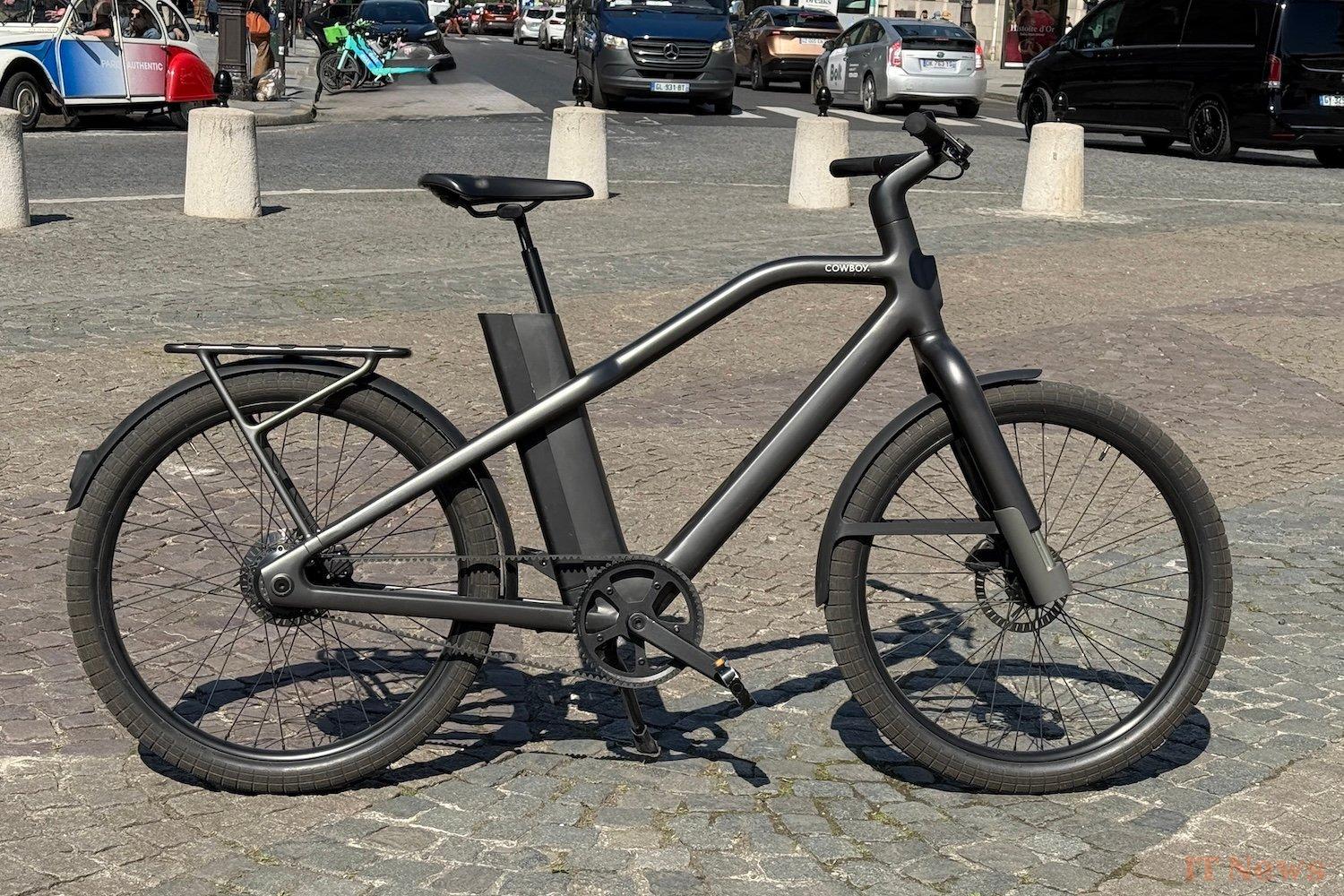

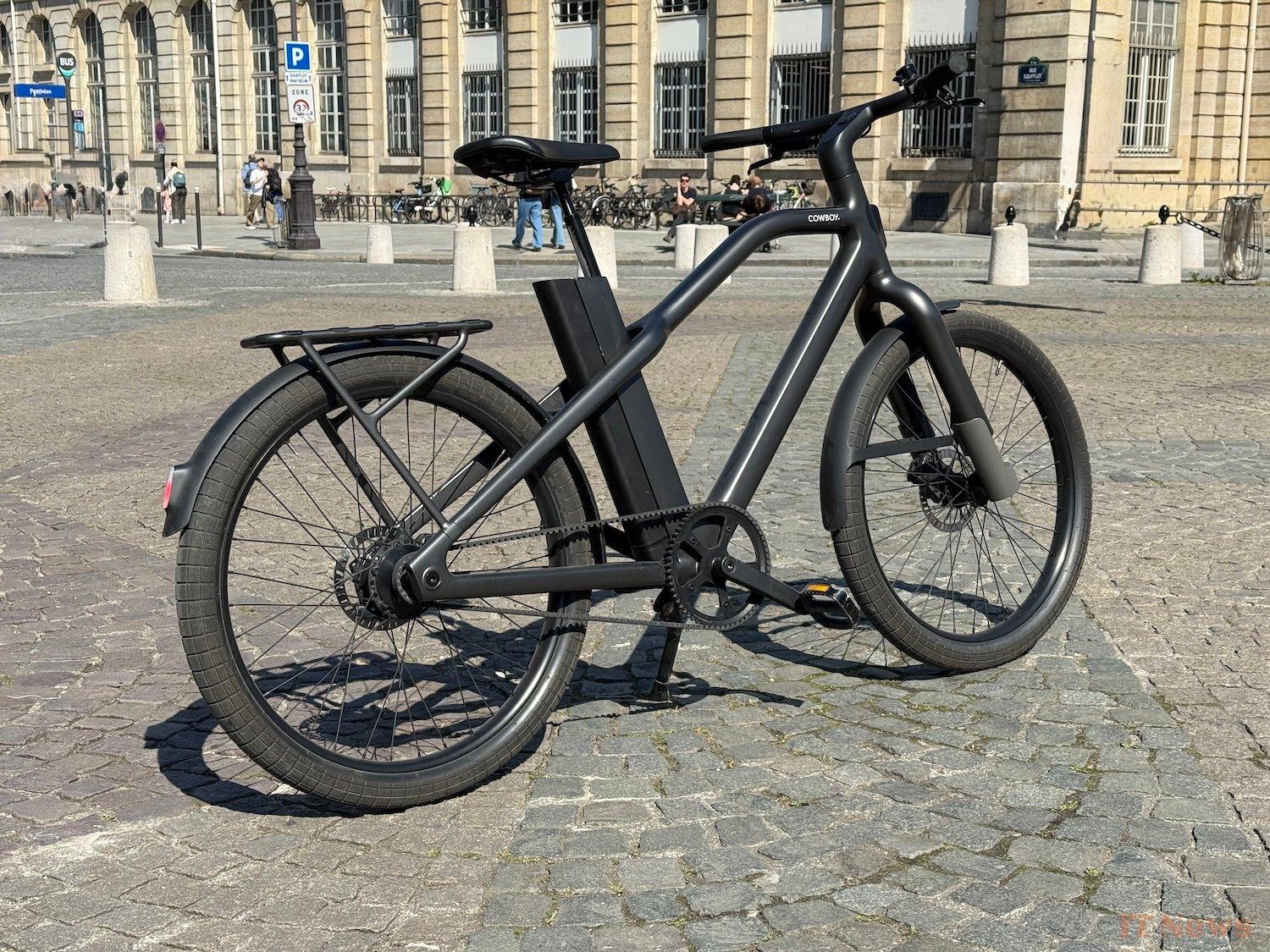
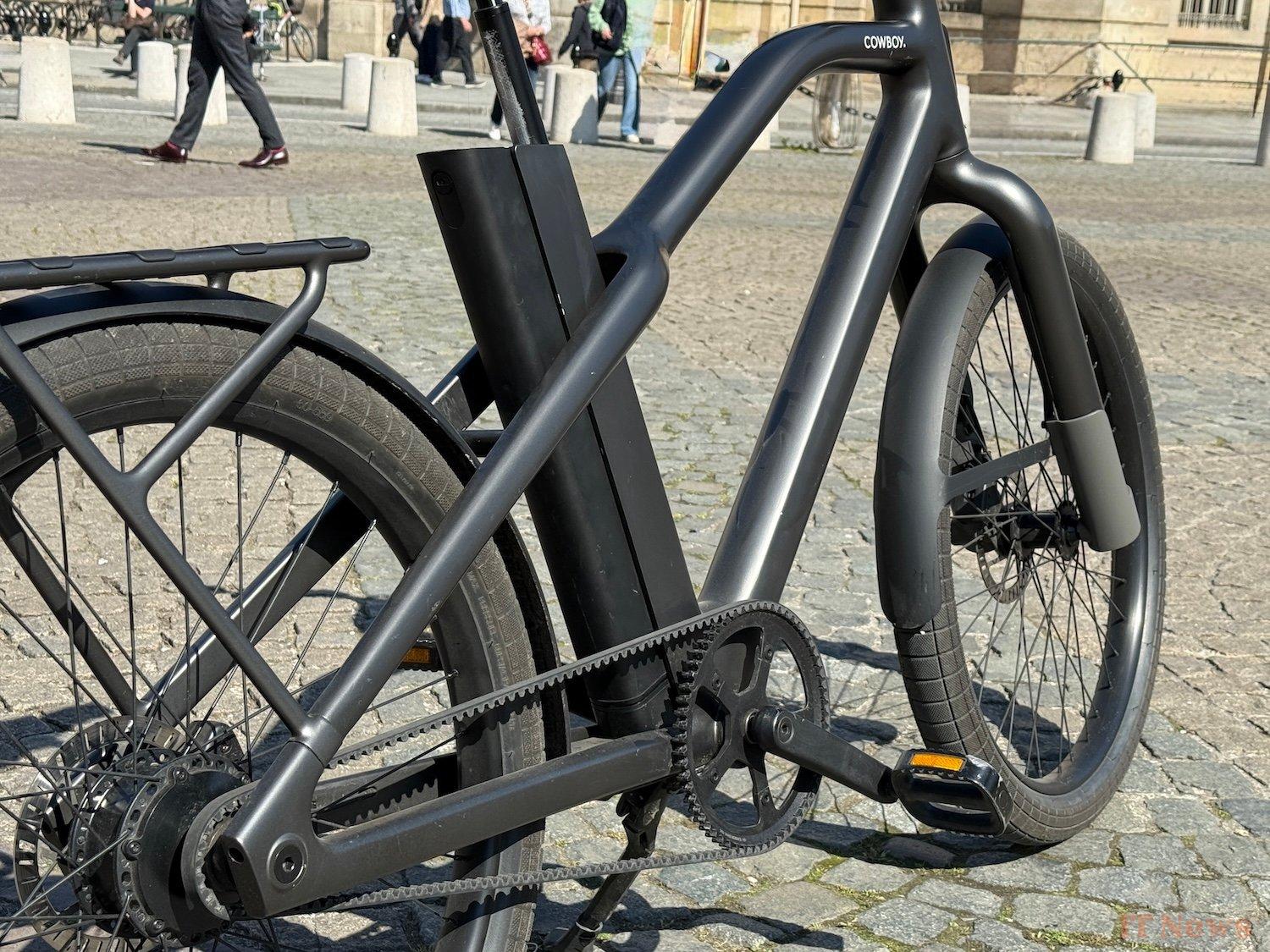
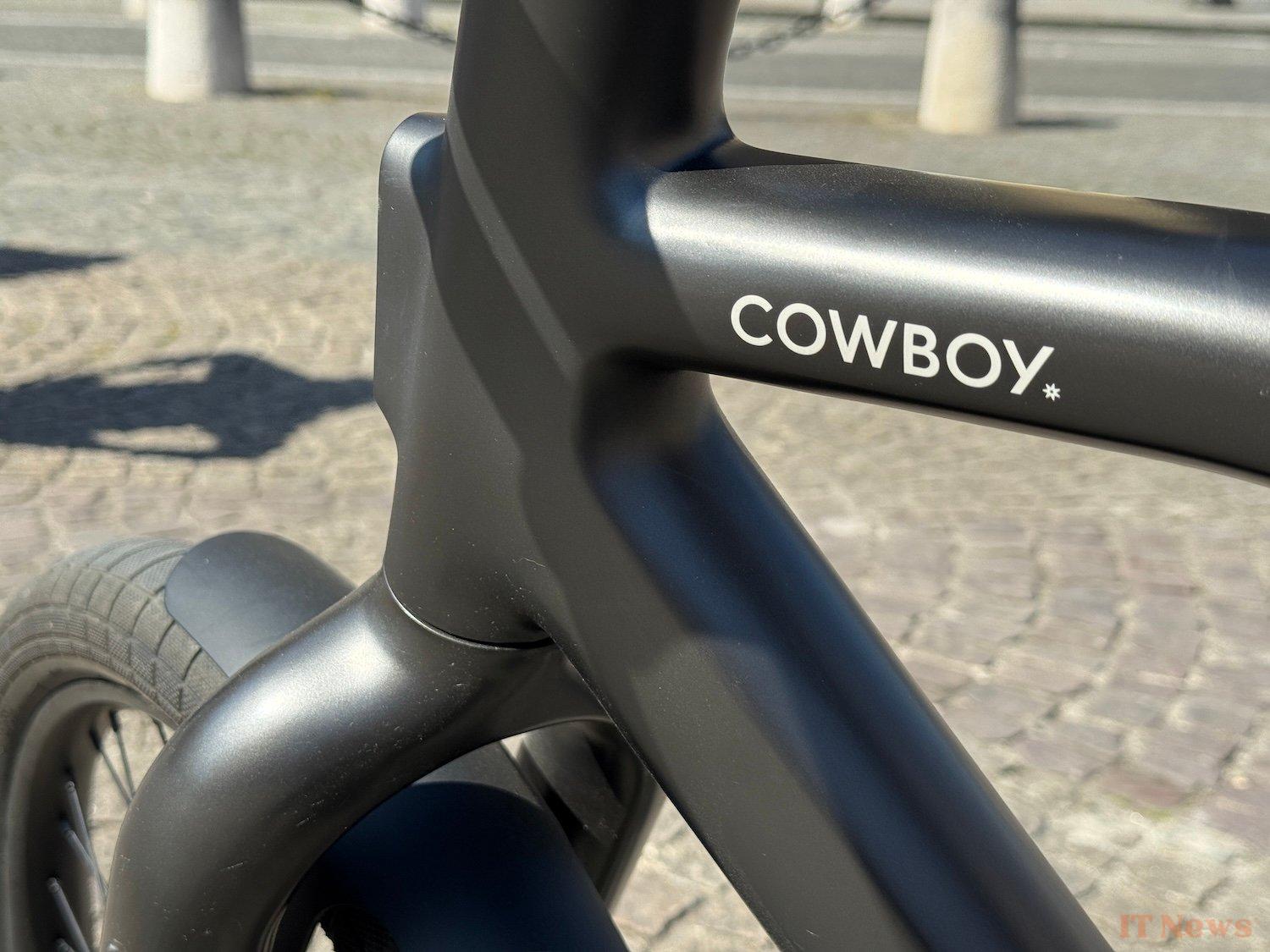
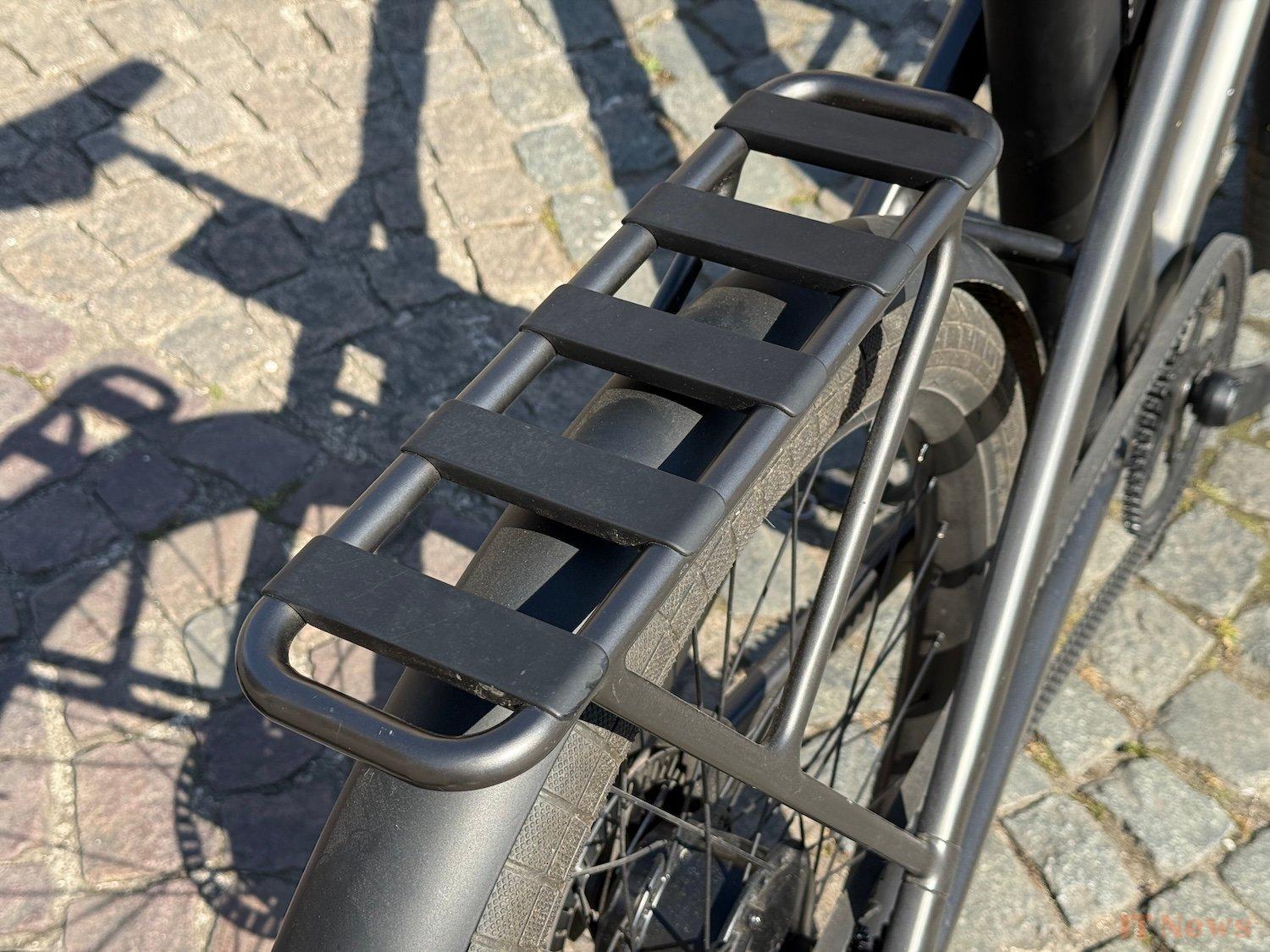

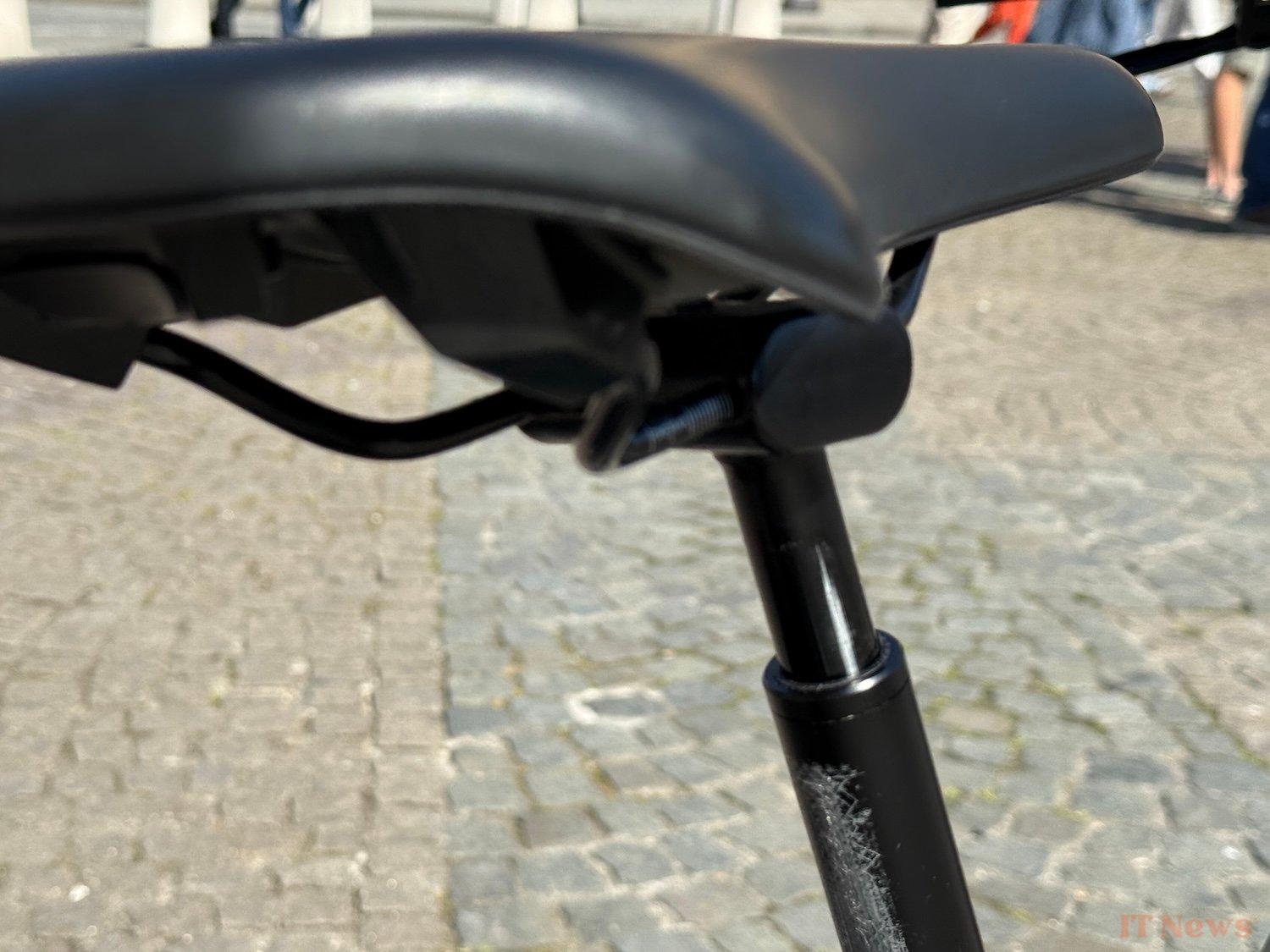
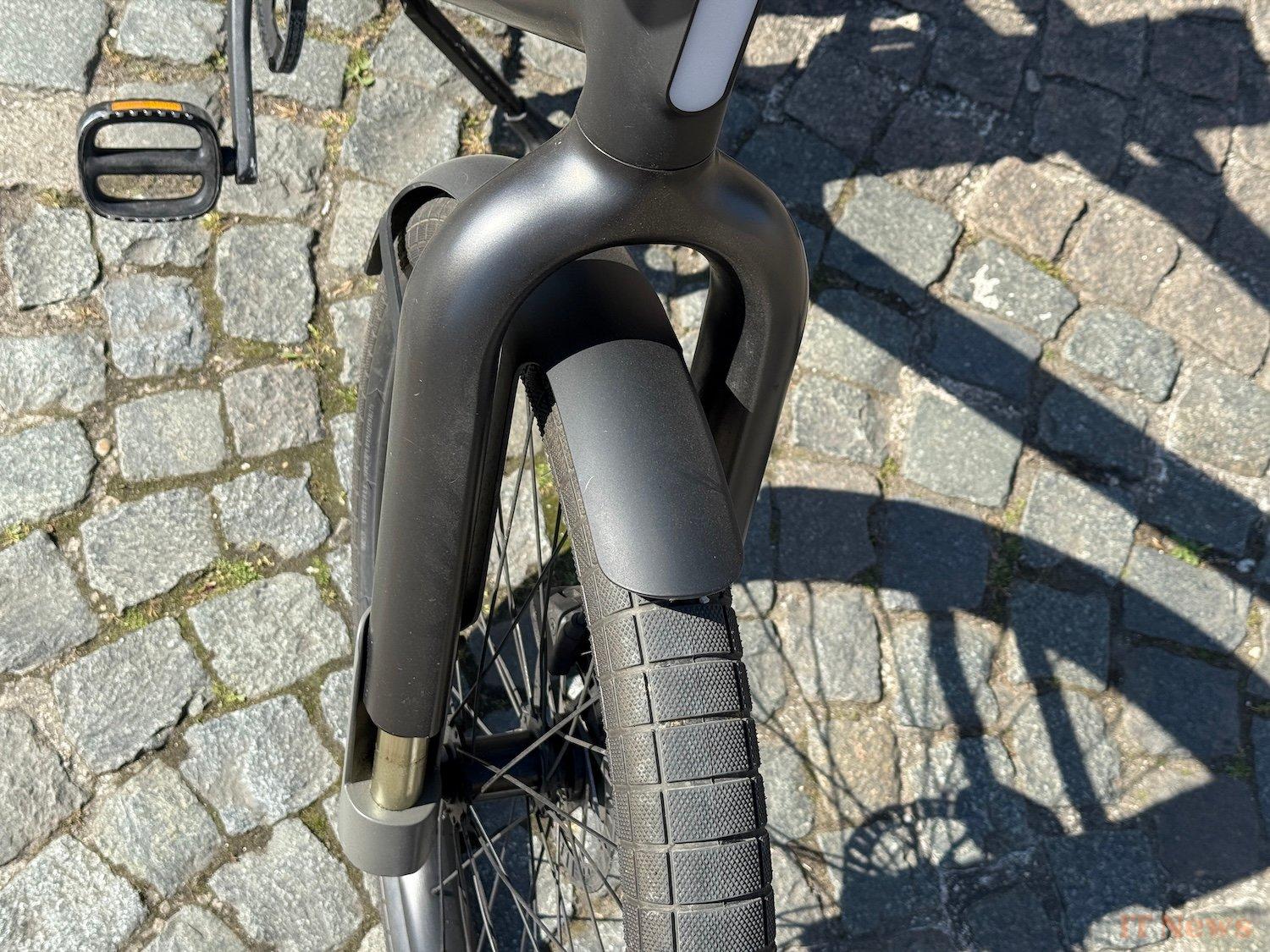
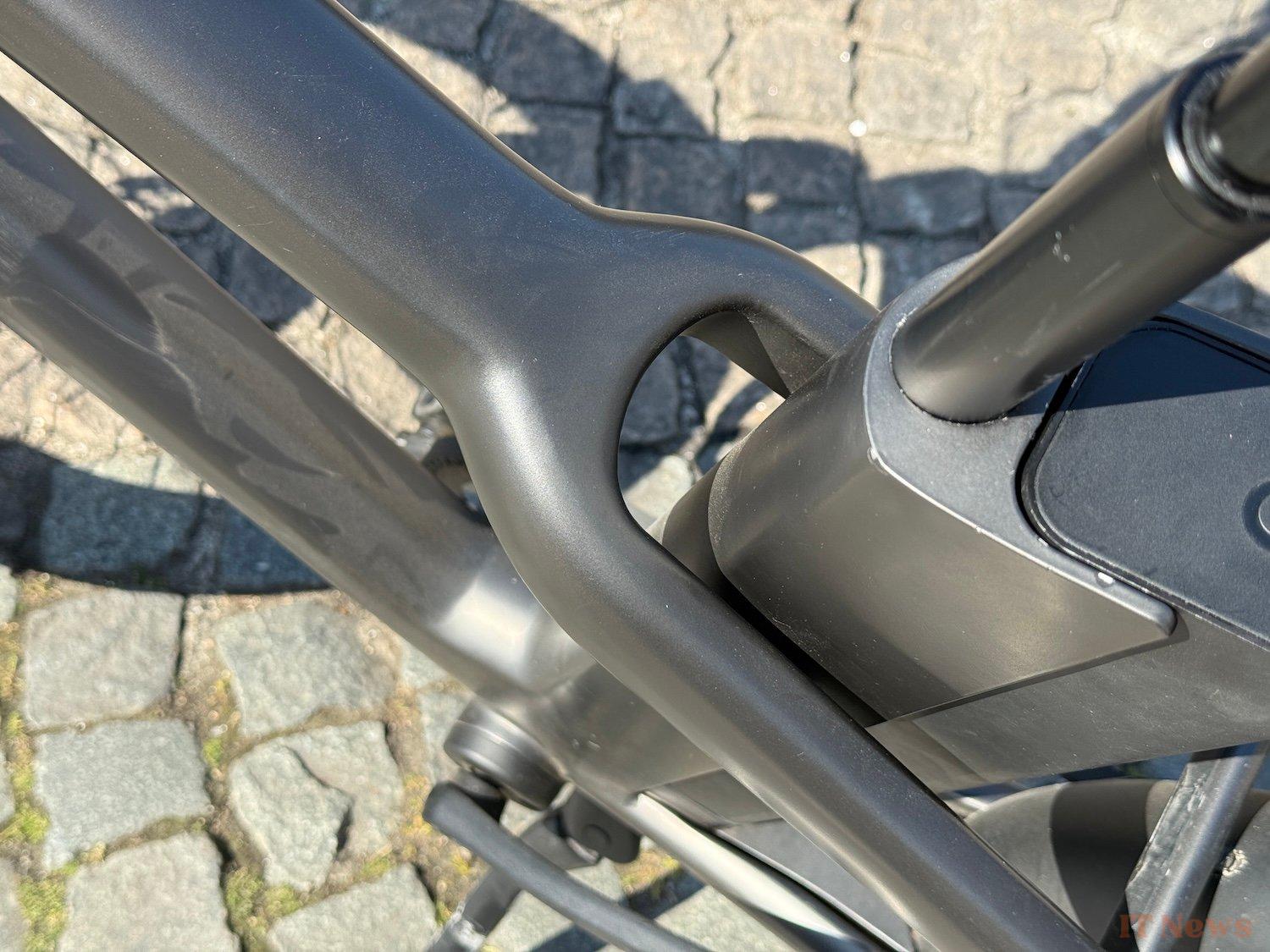
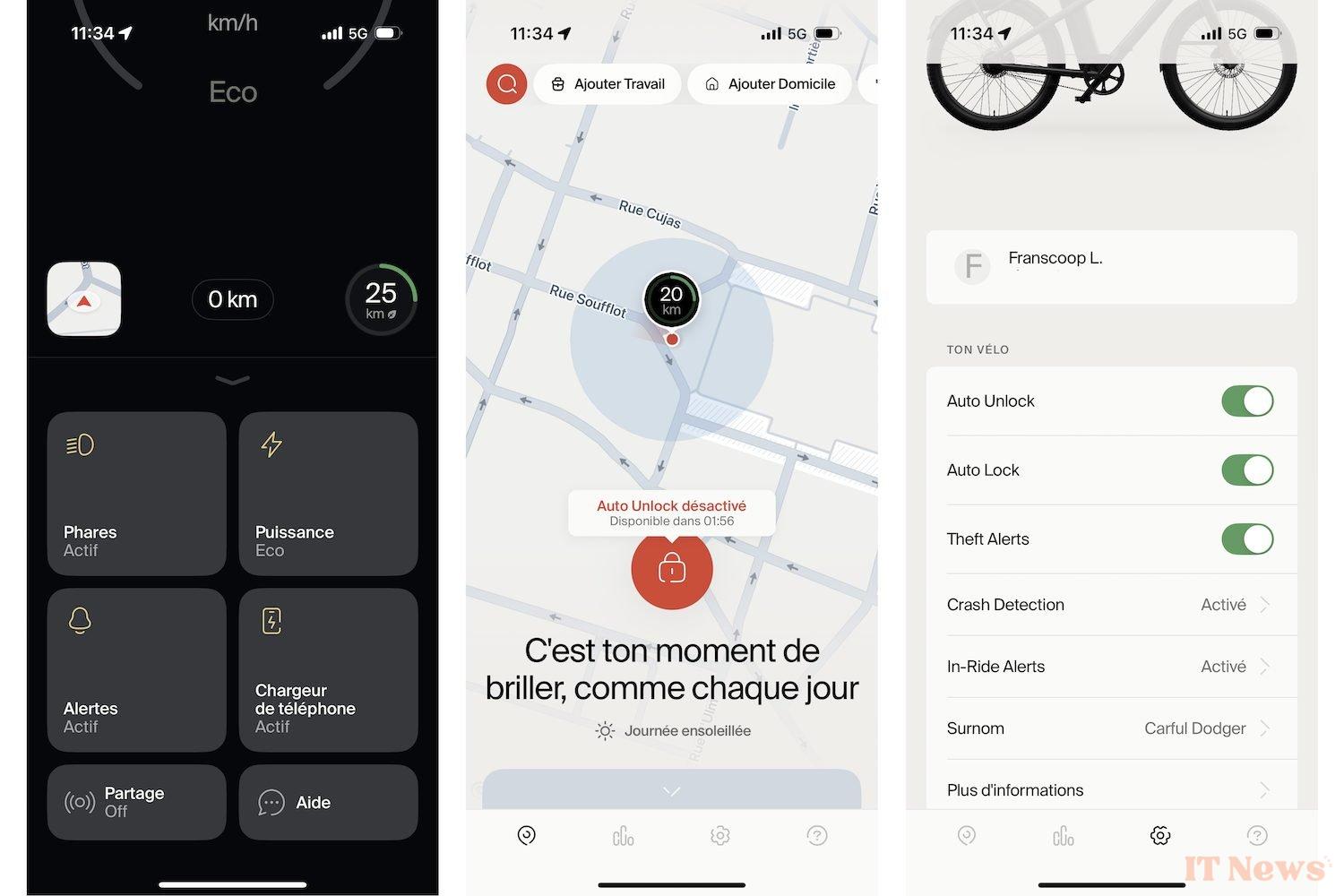

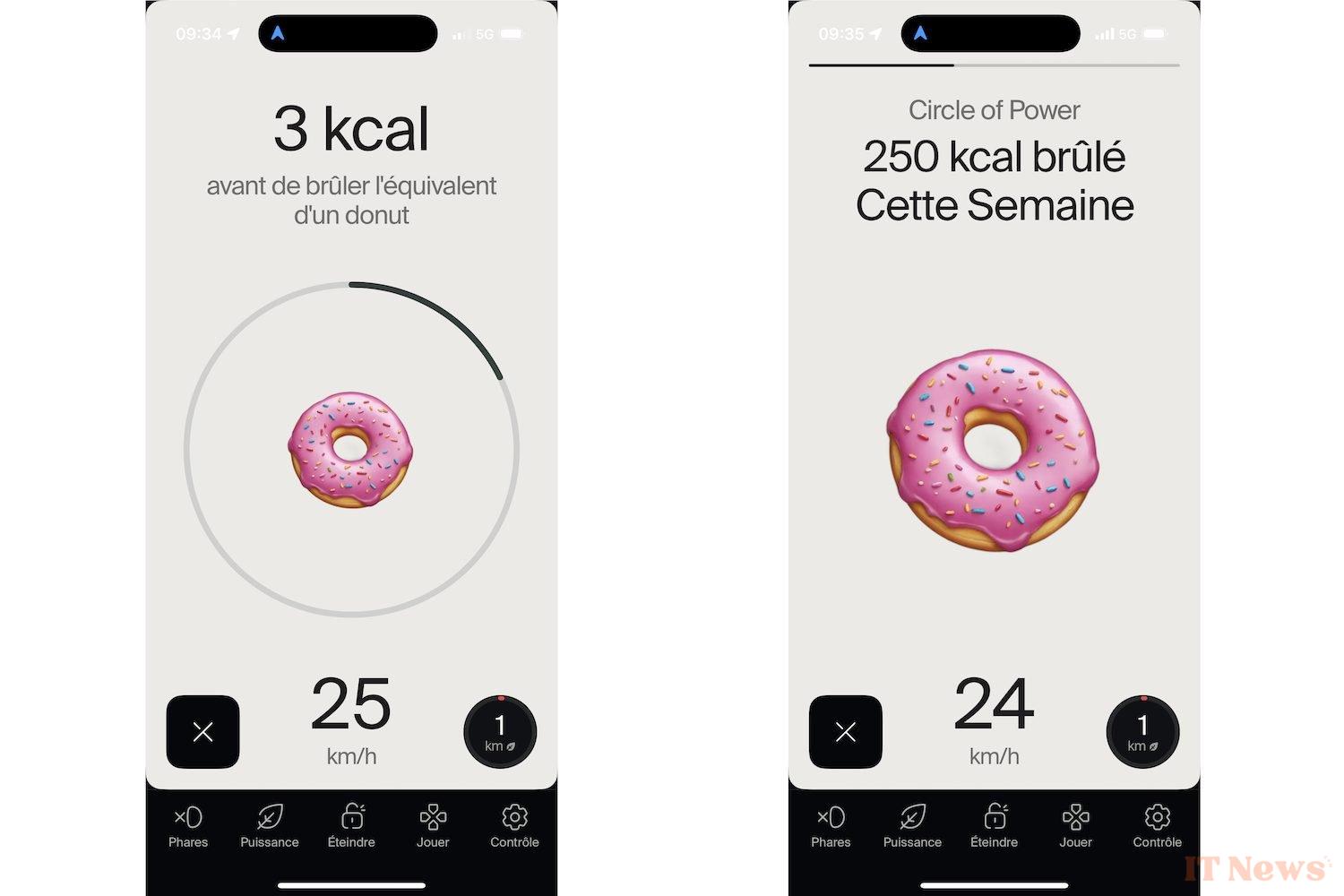
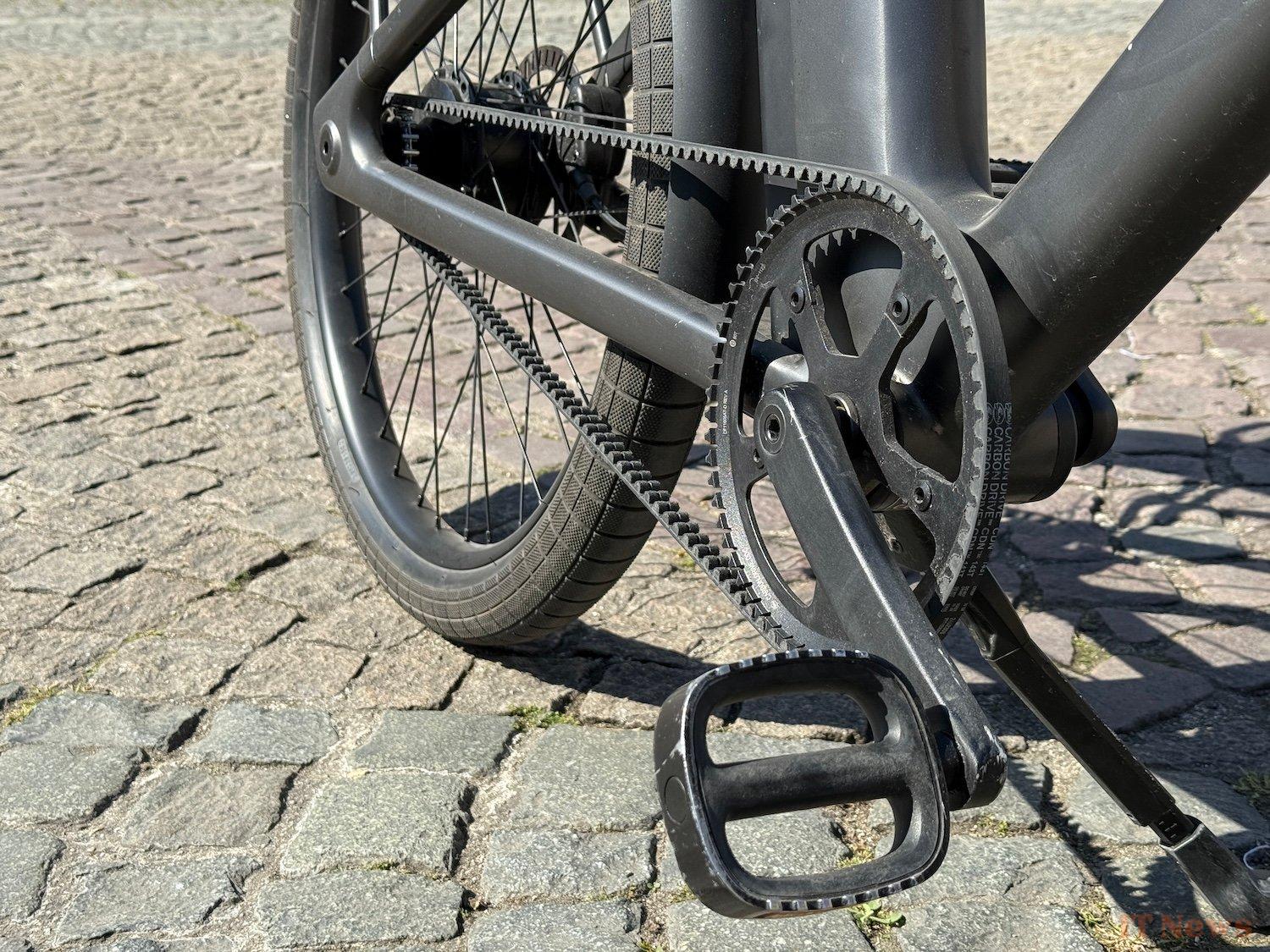
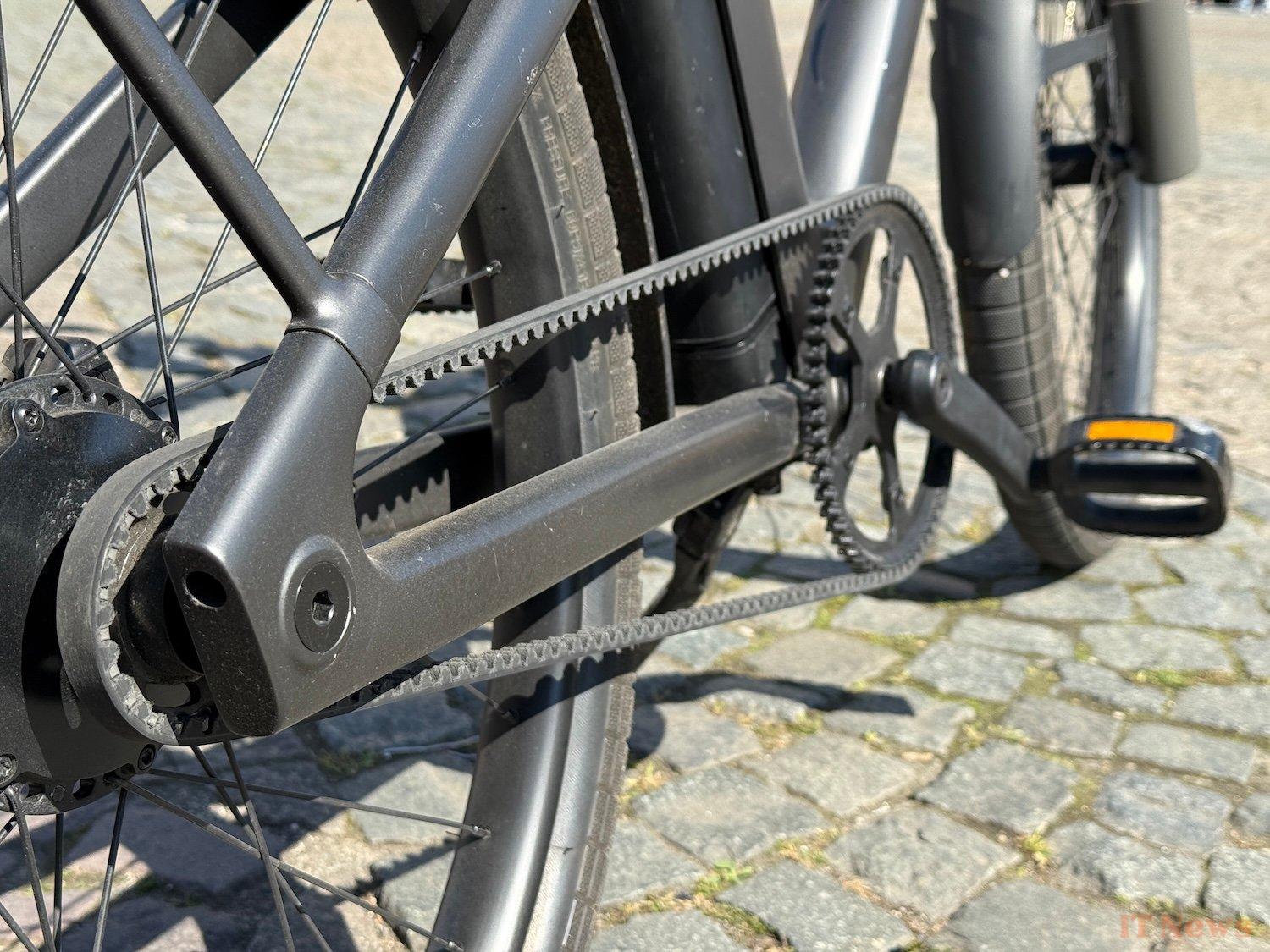
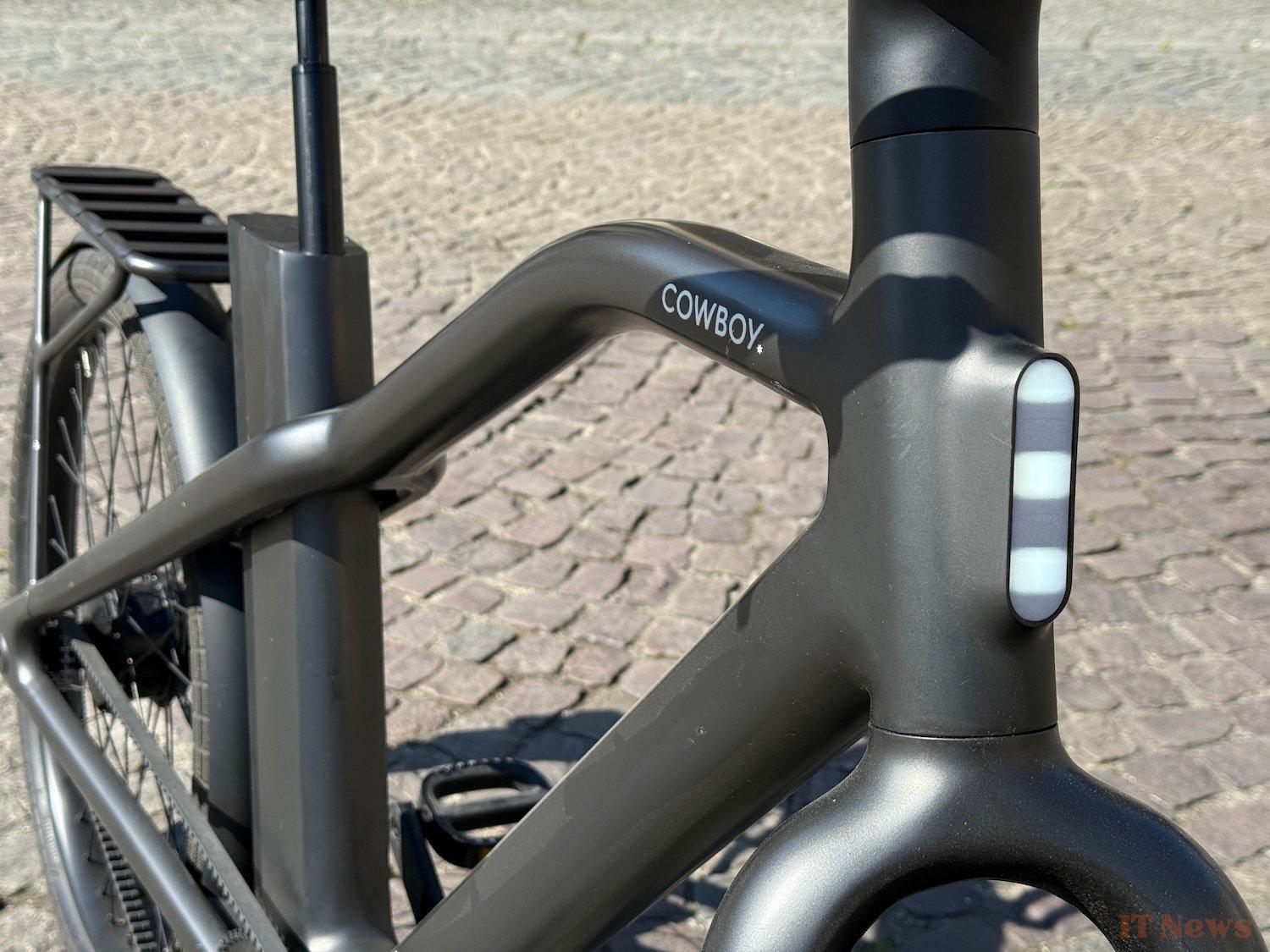
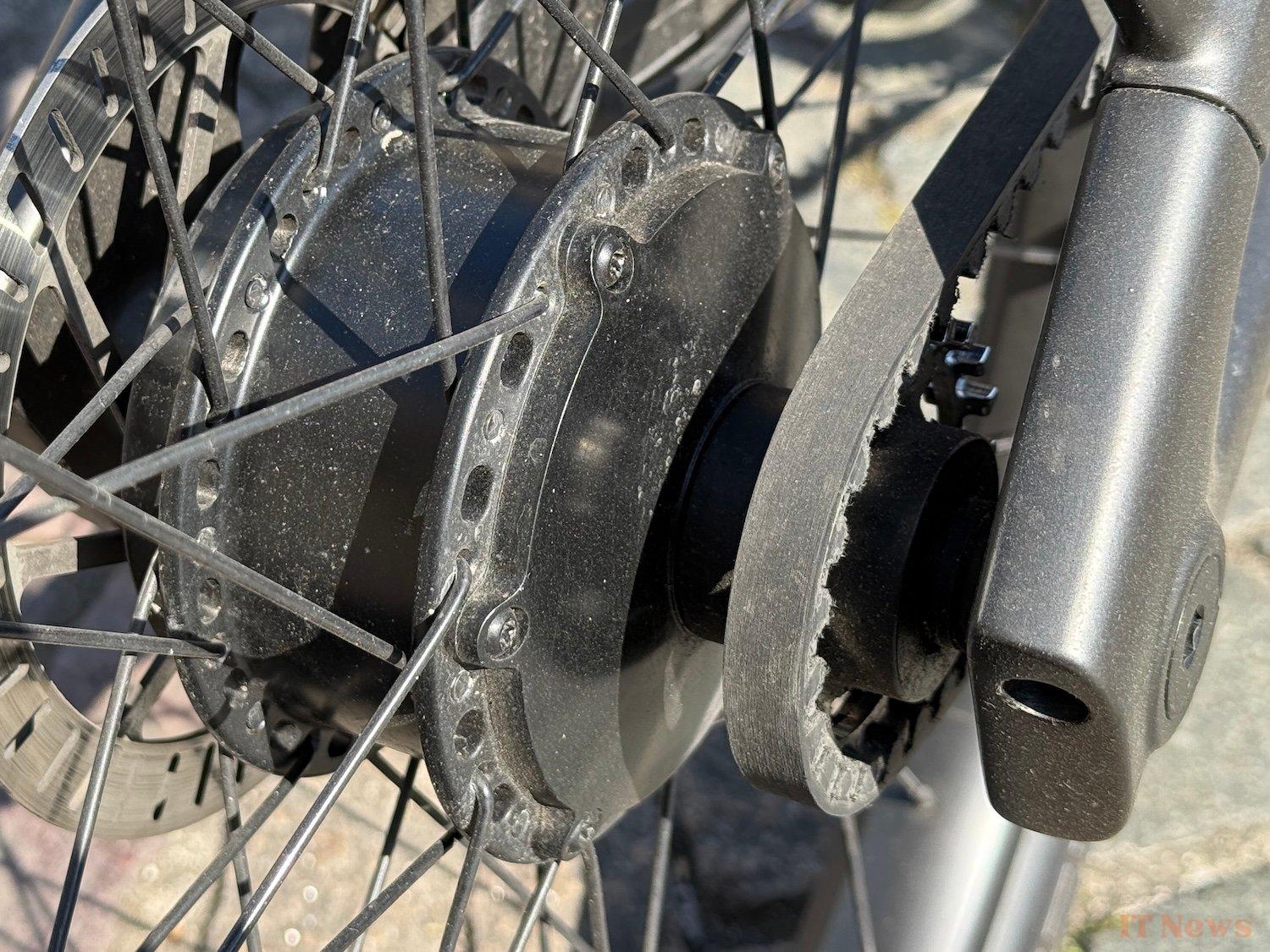
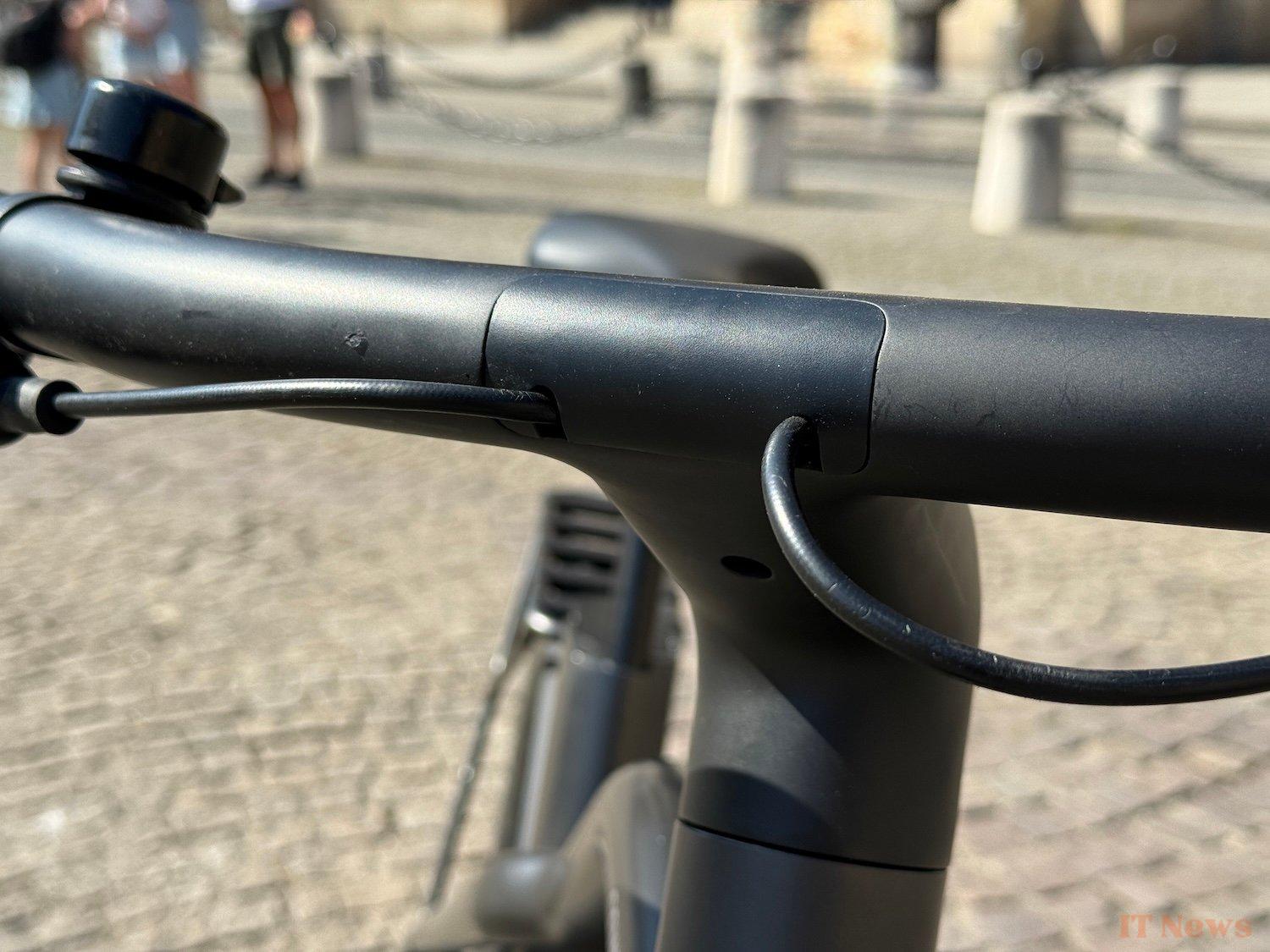
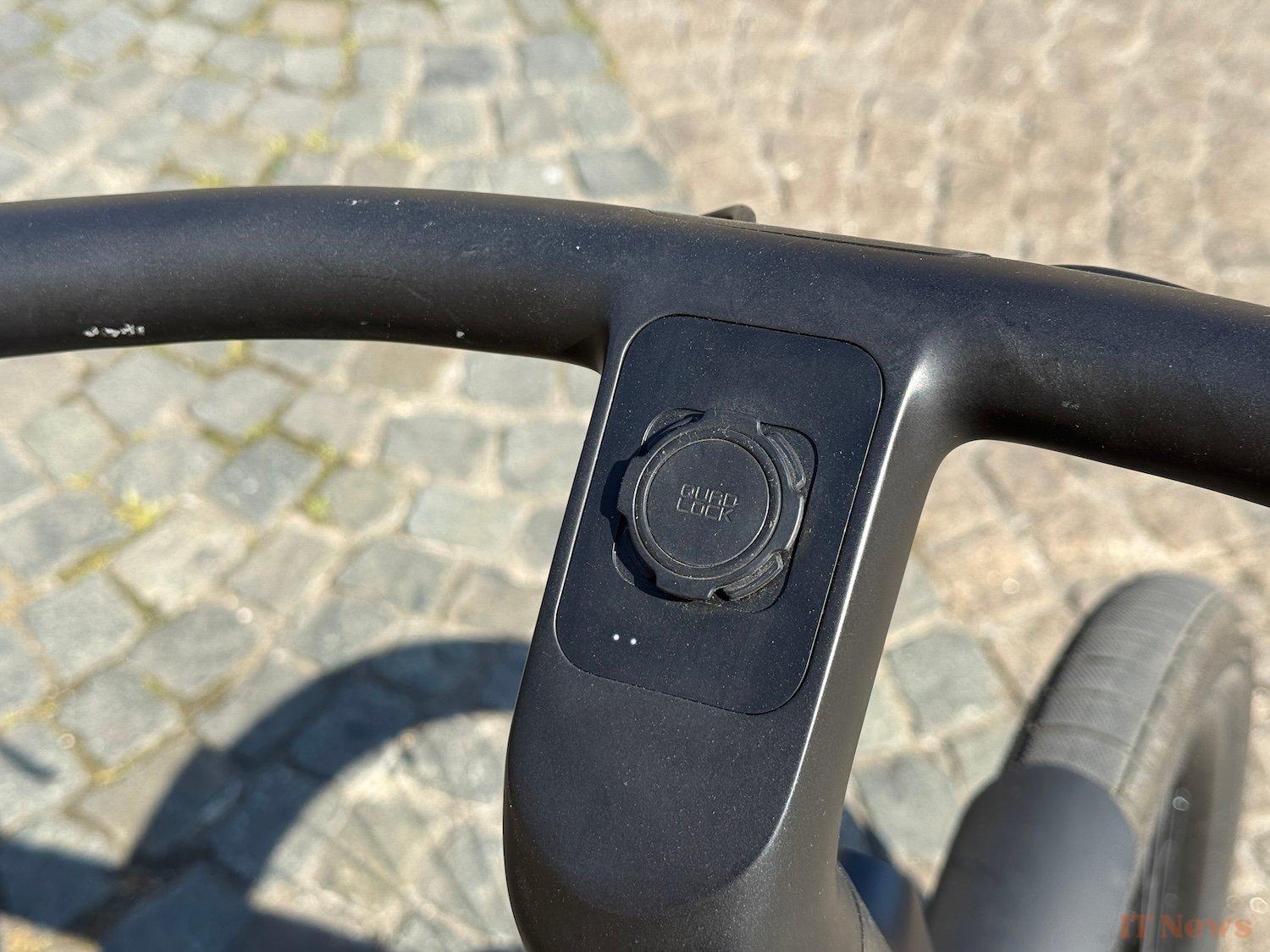


0 Comments